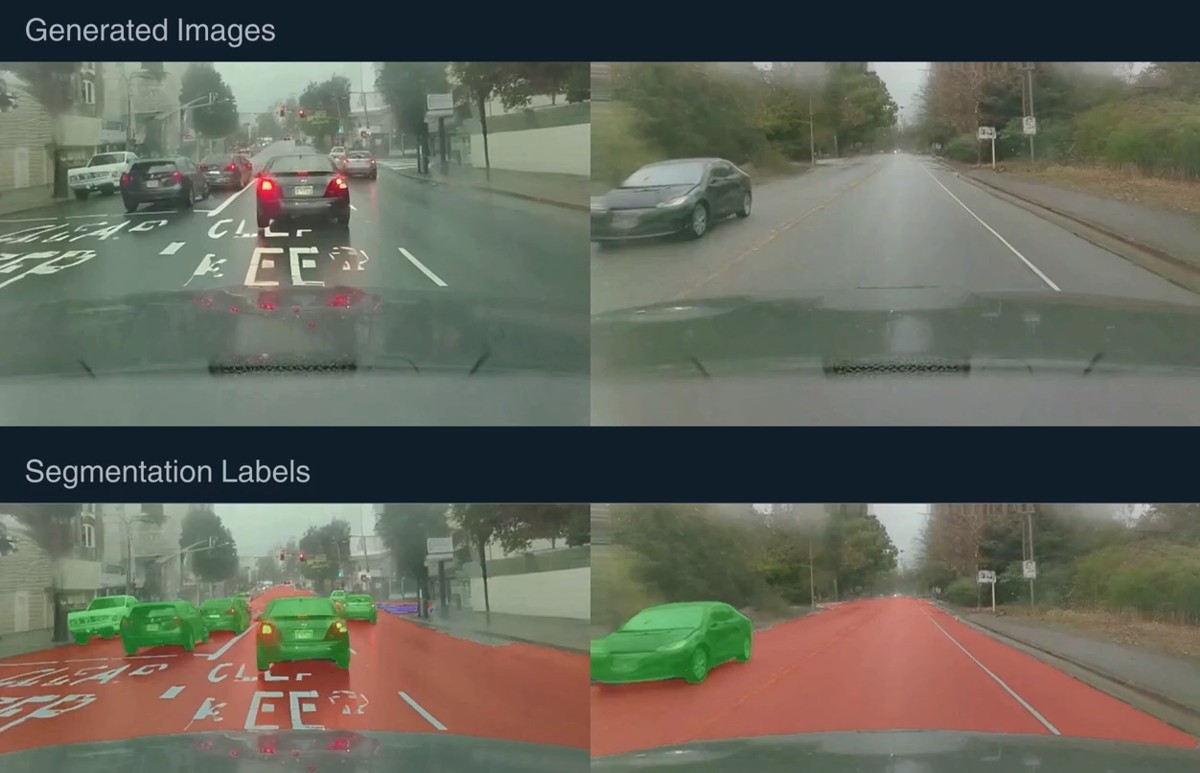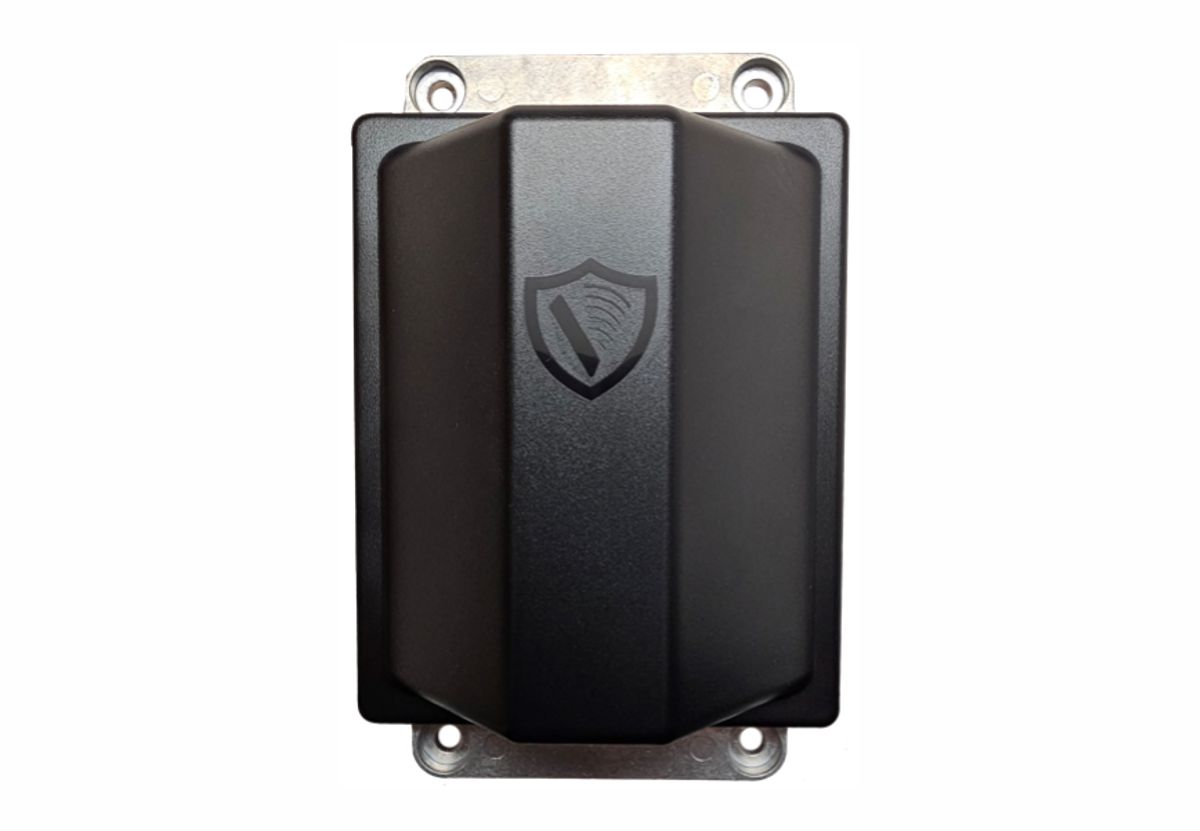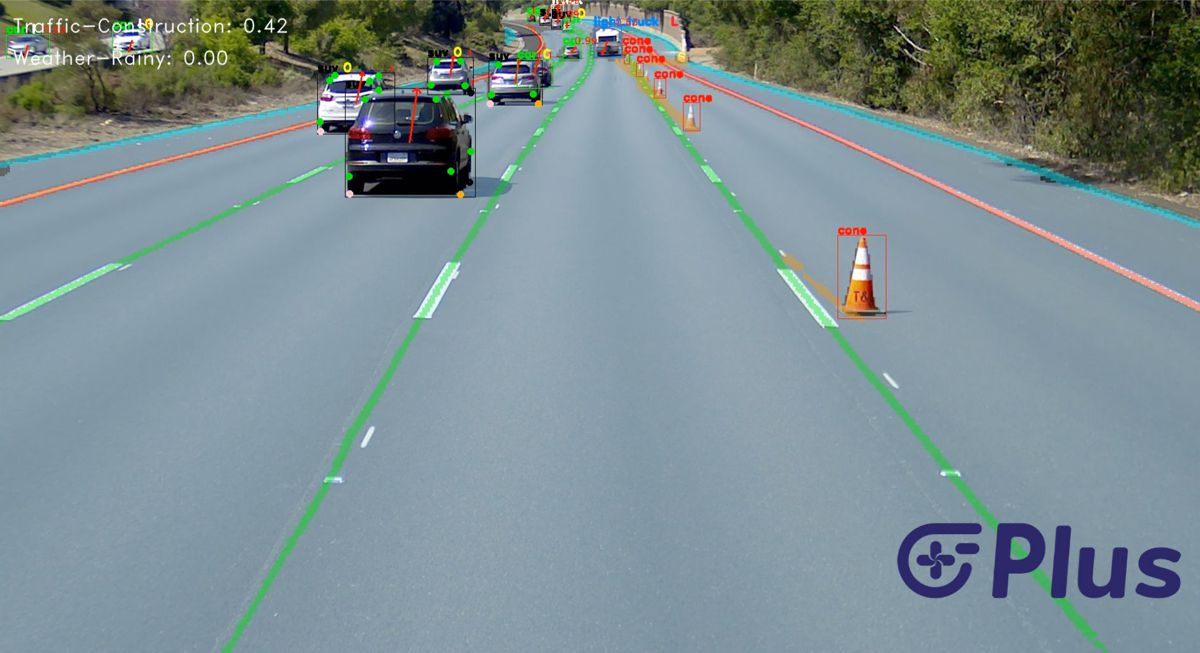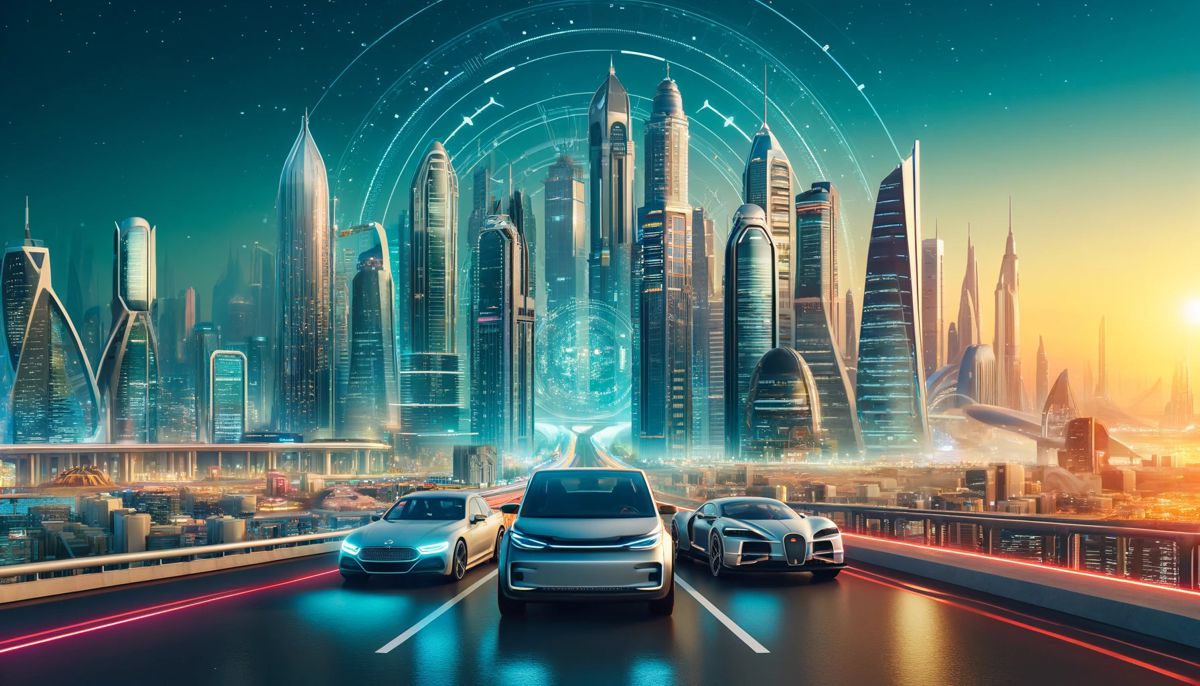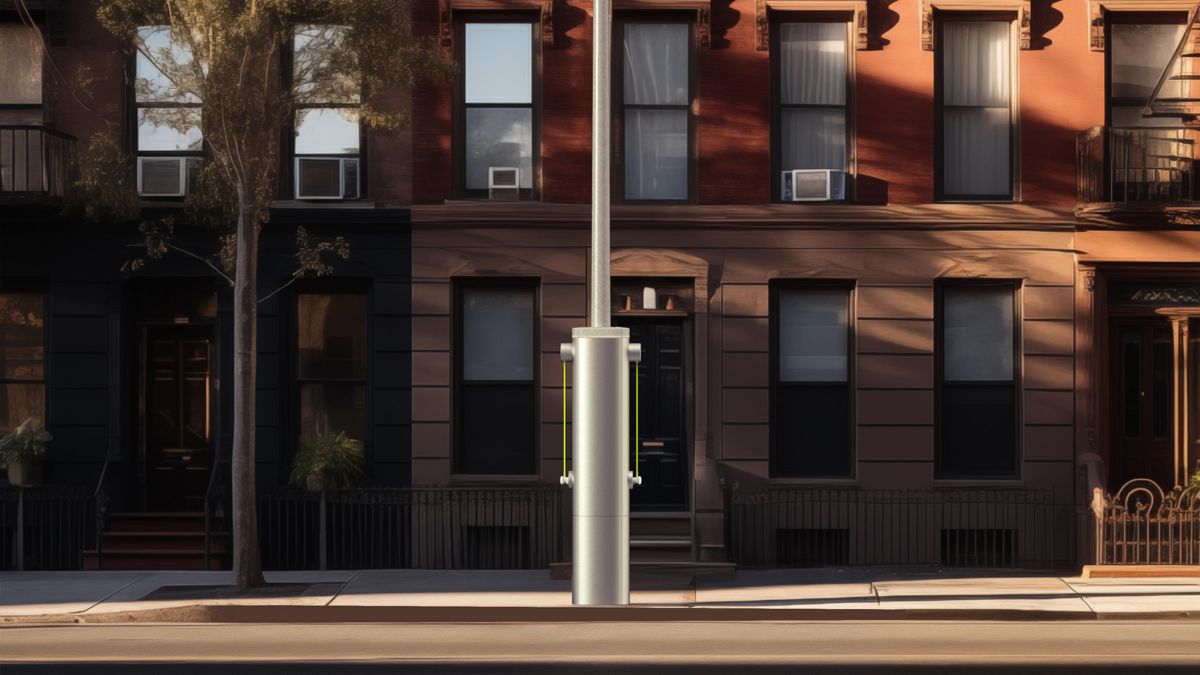EV journeys could equal traditional Cars within 18 months
Wejo Group Limited, a global leader in Smart Mobility for Good™, today released new research revealing that the average distance driven per journey in electric vehicles (EV) may be equal to those of traditional internal combustion engine (ICE) vehicles within the next 18 months.
The projection is made based on data showing that between 2021 and 2022 EV drivers extended the distance of their journeys by 5.5% on average. Simultaneously, ICE drivers have been driving shorter distances than years prior, with a decreased journey average of -1.6% when compared to 2021.
“The data shows that range anxiety may finally be diminishing for EV owners, as they become more comfortable using their EVs for longer and longer trips, and more funds are going toward EV infrastructure support like charging stations throughout the nation. It might also signal continued increases in adoption of EVs in the coming year, particularly as more makes and models are made available by manufacturers,” said Sarah Larner, executive vice president of strategy & innovation at Wejo. “As a result, DOTs will need to rely more heavily on data-driven insights to continue to make smart infrastructure investments and updates now to ensure we maintain safety and efficiency on the road and get ahead of the rise of EVs soon to come.”
Wejo’s findings were based on data from connected vehicles analysed in the company’s ADEPT platform, a traffic intelligence solution that is part of a $3.4bn market opportunity, for the period of 2021-2022. The findings were based on the results of trillions of data points from billions of vehicle journeys taken by over 11 million vehicles across the United States, filtered by states and cities that have more than 1,000 EV and ICE vehicles being driven, respectively.

Cities tracking the furthest journey increases in 2022
Nearly 100 cities experienced an increase in the average distance travelled per journey for EVs in 2022 versus 2021, with Toledo, OH; Bakersfield and Fresno, CA; and Dallas and Plano, TX experiencing the most significant increases, ranging from 11 to 17 percent farther journeys than the previous year.
Cities tracking the largest decreases in journeys in ICE vehicles
Comparatively, 89 cities have experienced a decrease in the average distance travelled per journey in ICE vehicles in the past year, with Fresno, Stockton and Bakersfield, CA; Reno, NV; and Anchorage, AK experiencing the most significant decreases, ranging from a three to five percent decrease.
States with greatest shifts in journeys driven
Similarly, on the state level South Carolina (22%), Texas (10%), Nevada (10%), Michigan (9%), and Indiana (9%) experienced the most significant increases in average distance travelled per journey for EVs whereas Montana, Alaska, Wyoming, North Dakota, and Delaware experienced the most significant decreases in average distance travelled in ICEs, ranging from a four to six percent decrease.
Charging stations growth
That said, electric charging station placements seem to have little relatable impact on journey length for EV drivers. Both Michigan and Ohio’s charging station availability have increased by 56 and 43 percent, respectively according to the Department of Energy’s Alternative Fuels Data Center. New Jersey (61%), Illinois (49%), and Arkansas (48%) also show large increases in their number of charging stations between 2021 and 2022.
For a deeper look at the data, you can view the full infographic here: “Wejo Journey Data Report: EVs Driving Farther”.




